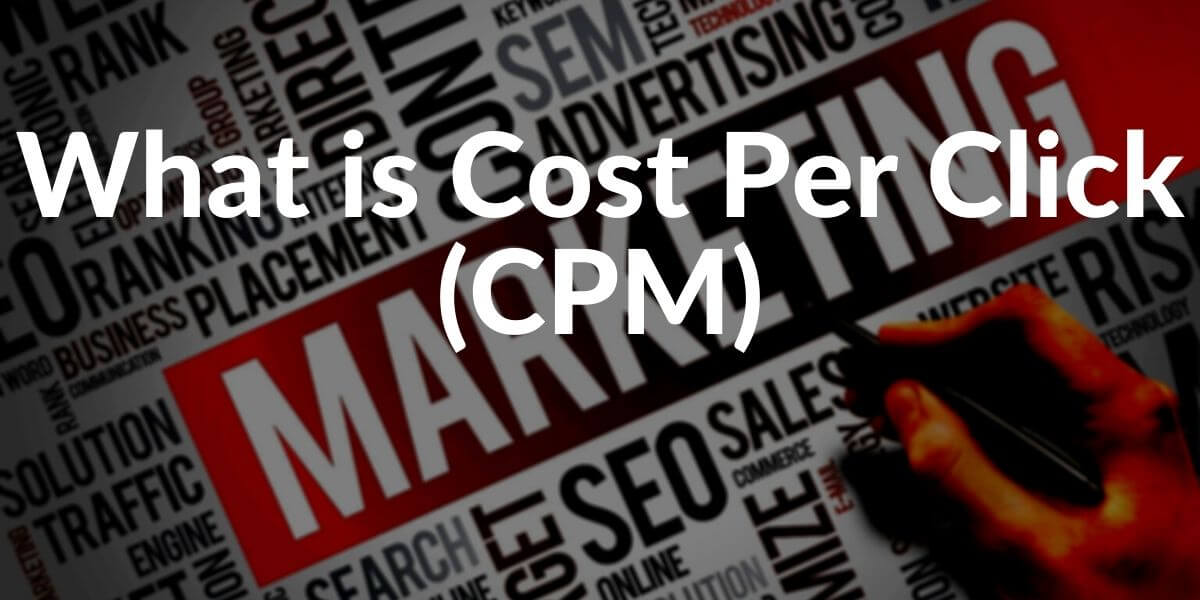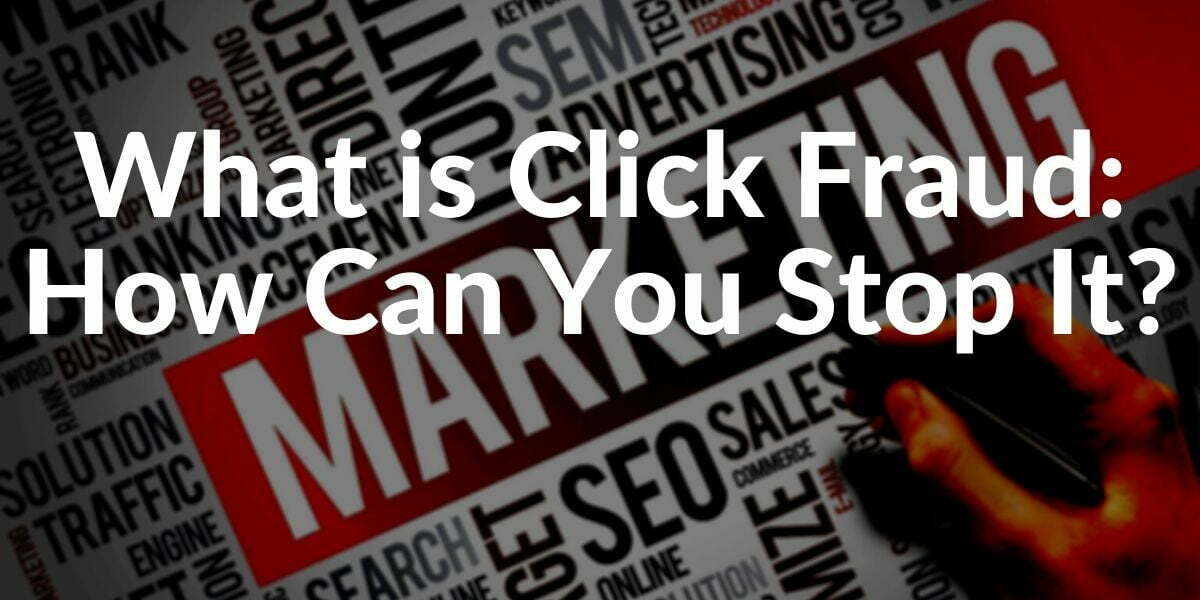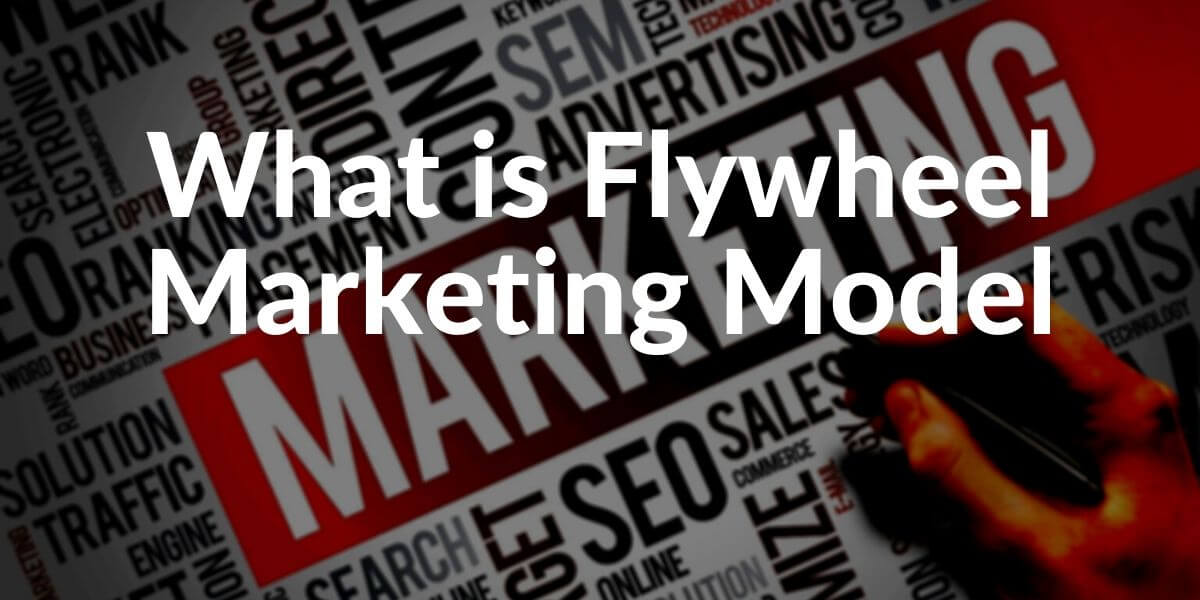The term cost per click (also called CPC as short) describes a method for billing advertising costs in online marketing. The CPC model is used to determine how much an advertiser has to pay if their advertising costs are billed using the Pay per Click (PPC) payment method. Various payment models exist for advertisers on the Internet. One of the most common is the Pay Per Click model. With this model, each click on an advertisement (banner, text ad, etc.) incurs costs for the advertiser. How much these costs are can be calculated using the CPC billing process. The CPC model is one of the most important methods for price regulation in search engine advertising. Cost per click (CPC) and pay per click are often used interchangeably.
With the PPC model, advertisers create advertisements on the Internet that are placed by a mediator such as Google on participating websites or in the results of search engines. As a rule, the advertisements are displayed for specific target groups. When a user clicks on a banner or text ad, the advertiser has to pay a predetermined price. The resulting costs can be calculated using the cost-per-click method.
With its AdWords or AdSense network, Google is the largest mediator of advertising in online marketing. Although different bidding methods are available here, the cost-per-click model is the most common.
You also may want to read our some of the related Marketing Guidelines.
- Return of Investment Definition and Importance
- NeuroMarketing and Principles
- Flywheel Marketing and Its Effects on Revenue
- Eye-tracking and Importance for UX
- Community Management for Better Customer Loyalty
- What is Page Impression?
- What is Conversion Rate Optimization?
- What is Guerilla Marketing?
How are the costs calculated in the CPC?
The Google AdWords cost-per-click model is based on a system that uses a bidding process to assign the best advertising space for ads. In a kind of auction, advertisers, therefore, offer a maximum amount that they are willing to pay for a click on your ad. The higher this amount, the higher the likelihood of getting a good advertising space.
In order to determine who actually gets the best advertising space, Google calculates a value that results from the product of its own bid with other factors. So the chances increase with a higher bid, but the price an advertiser is willing to pay is not the only deciding factor. Its quality score and the keyword or product environment for which it is advertised also determine the placement of the ads.
According to Google, a click on an ad can never be more expensive than the maximum amount that the advertiser has entered. If the closest advertiser offers less, the costs can also be significantly lower. Google describes the price an advertiser ultimately pays as the actual cost per click.
CPC Calculation for general as below:
- Quality of the page on which the advertisement appears: high-reach portals usually have a higher CPC than small websites
- Type of advertising material used: for banner clicks, advertising networks usually require more than for clicks on text links
- Placement of the advertising material used on the website: the CPC for advertising on subpages is usually below the price per click on the homepage
- In auction processes such as Google AdWords, the number of competitors and the number of their bids affect the CPC
- The area in which advertisements are made: the CPC is usually higher in highly competitive sectors such as the financial sector
- Amount of advertising booked: if companies with large volumes register in advertising networks, they can lower the CPC
CPC Calculation for Google AdWords as below:
- Quality of your own website
- Amount of the CTR on your own website
- Reach of your own platform
- The relevance of your own website to the offered advertising material
How high should a CPC bid be?
Google makes suggestions to the bidder as to what the maximum bid should be. At the same time, depending on the type of ad, the AdWords program adds other factors to the allocation of advertising space.
For text ads in search engine results pages (SERPs), Google takes into account:
- The keyword that is being bid on, and the traffic and searches that this keyword is likely to generate
- The advertiser’s quality score, which includes the quality of the ad and the relevance, quality and user experience (with) the landing page
Simplified example:
Bidder A has a quality score of 5, Bidder B has a quality score of 6.
Both bid for the same keyword.
Bidder A offers € 5, Bidder B only € 4.
Google then calculates the winner from the quality score and bid:
A: 5 x 5 = 25, B: 6 x 4 = 24
Bidder A wins the auction.
When advertising on the Google Display Network, Google takes into account:
- The quality score of the advertiser
- The quality of the advertisement (banners etc.)
- The relevance of the advertised product to the website on which the ad is displayed
How much a website earns advertising depends on:
- The quality, relevance (with regard to the advertisement) and reach of the page on which the advertisement is positioned
- The format and positioning of the advertising on this page
How does bidding work with the CPC process?
Bids to Google can be submitted manually or automatically by the bidder. With automatic bidding, the AdWords program chooses the best bid for your budget. The bidder only sets a maximum daily budget, Google then decides in which way the advertisements generate the most clicks.
With manual bidding, the bidder plans exactly how much he wants to pay for which keyword or which ad group. As a result, he remains in control of his bids but has to accept increased manual effort.
After the maximum bids have been placed, Google determines which bidder buys which advertising space. The actual CPC is determined in an auction.
Simplified example:
Bidder A and Bidder B received the same quality score from Google.
Bidder A offers $5, however Bidder B offers only $3.
Bidder A is awarded the contract. Although $ 5 was his maximum bid, he only pays $ 3.50 because the actual CPC is based on the next lower bid.
Each bidder can monitor and analyze their competitors using the AdWords software. For example, Google provides information about who is bidding and how often the ads are seen. However, the software does not show how high the respective CPC bid is or how much a competitor pays for its advertising space. However, many SEO tools offer this function. After the advertising spaces have been allocated, the advertisements are played in the corresponding positions until the advertiser’s budget has been used up, the campaign is stopped or a competitor outbids him.
Alternatives to CPC billing:
In addition to the cost per click model, there are other models for billing advertisements. This includes:
- Cost per acquisition (CPA): When billing according to the CPA model, advertisers pay for every conversion or acquisition that occurs after clicking on the advertisement. What the conversion/acquisition consists of is defined by the advertiser: For example, by registering for a newsletter, opening a user account, or completing a purchase in an online shop. This includes other billing models, such as billing according to CPL (cost per lead = payment for each contact address generated) or CPO (cost per order = cost for each order placed).
- Thousand contact price (CPM) or cost per mille (CPM): The CPM is based on so-called impressions. An impression corresponds to an advertisement that is displayed once visible on a website. Here, the advertiser pays every time Google has displayed one of its advertisements a thousand times on one or different websites. It is irrelevant whether a user actually saw the ad or even clicked on it. The TKP / CPM model can only be used in Google AdWords or AdSense for ads in Google’s display network, i.e. for advertisements on websites.
- Cost per view (CPV): Billing according to the CPV model relates to video offers. Advertisers pay here, for example, for video views or clicks on call-to-action buttons.
The CPC model is non-arguably the most commonly used in Google AdWords. It offers the advantage that an advertisement is only actually calculated in cost if the user has noticed it and has thus acknowledged it with a click. So when the user shows interest in the offer. In contrast to CPM (Cost Per Mile) billing, where it is never really clear whether a user has actually seen or noticed the ad, a clear measurement of the click is possible here.
However, CPC billing also has disadvantages. Some studies show that users, especially on mobile devices, often accidentally click on the ads, thus causing costs. Advertisers can also incur unnecessary costs if an AdWords ad is played, even though the same page appears directly below in the organic search results. And last but not least, CPC billing harbors the risk of improper use: Users can intentionally click on an ad multiple times and thus drive up the costs for the advertiser. However, Google counteracts this as far as possible and does not calculate invalid clicks.
Cost Per Click and Its Importance for SEO
CPC is a widespread billing model for advertising on the Internet. The costs are calculated per click. The CPC model is used in particular in Google’s AdWords advertising network. Here, the costs for each click are calculated in a bidding process, in which the bidders are evaluated according to different aspects. Advertisers can bid here for advertisements in Google’s search results as well as in the Google Display Network.
AdWords is considered Google’s main source of income, so the CPC process is used by thousands of internet platforms to bid for the optimal advertising space.
Cost Per Click differs from industry to industry. Checking the most expensive queries for Search Engine Advertising can help an SEO to understand the best queries with commercial value. Targeting the most expensive queries for SEA in SEO Projects can help relieve the customers’ budget while making competitors’ budgets on advertising hard-pressed. Also, calculating the competitors’ and customers’ budgets in SEA can help to improve the Quality Score of customers while understanding the marketing strategy of the Competitors.
Checking the queries conversion rate and the most competitive brands with the customer in AdWords Panel also can help the SEOs in CPC Research for the SEO Project. There are more relations between SEO and SEA in a mutually beneficial way. We will improve our CPC Guideline and article with the new information as Holistic SEOs.
- Sliding Window - August 12, 2024
- B2P Marketing: How it Works, Benefits, and Strategies - April 26, 2024
- SEO for Casino Websites: A SEO Case Study for the Bet and Gamble Industry - February 5, 2024


